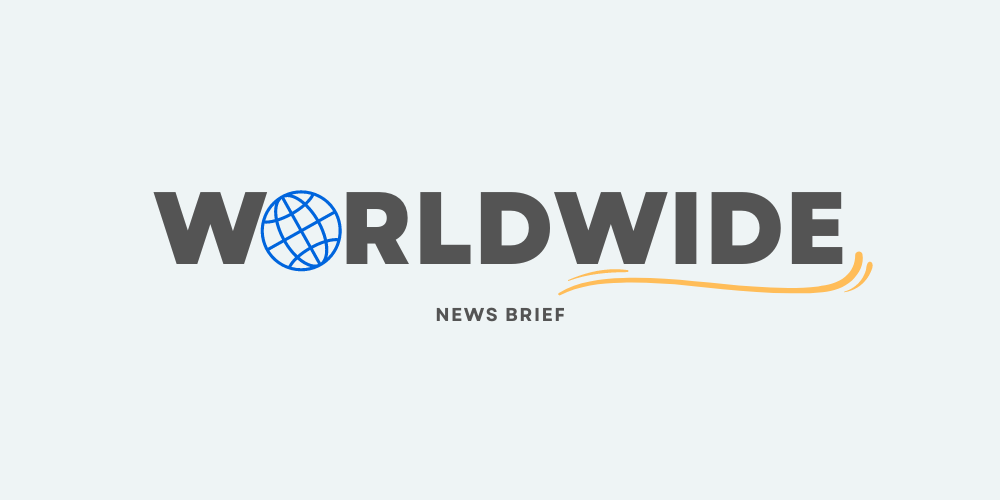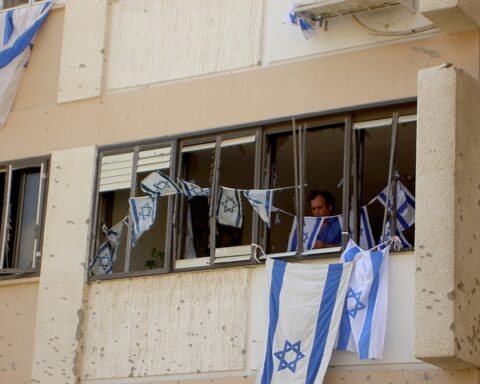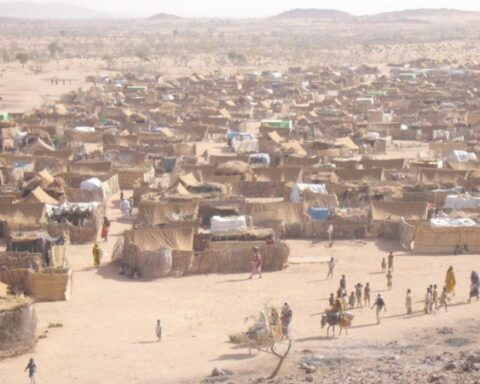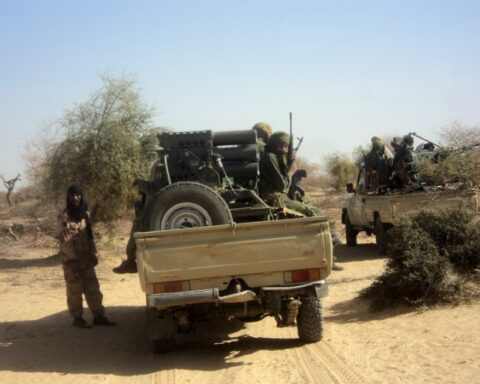In Gaza and Lebanon, two of the Middle East’s most entrenched militant groups are now reportedly testing the limits of President Donald Trump’s effort to enforce peace through strength. Nearly three weeks after a cease-fire halted Israel’s punishing two-year campaign in Gaza, Hamas has refused to meet one of the central conditions of Trump’s deal: to disarm and relinquish power.
The Islamist group, which triggered the war with its October 7, 2023, attacks on Israel, lost thousands of fighters and much of its military infrastructure. But instead of cooperating with international disarmament demands, Hamas has tightened its grip on Gaza, launching crackdowns on political rivals and clashing with Israeli troops along the border. “Hamas is resisting demands that it disarm and relinquish power,” according to officials familiar with the postwar negotiations.
The picture is equally volatile in Lebanon, where Hezbollah — another Iranian-backed proxy — faces mounting pressure to lay down its arms under the same Trump-brokered regional framework. After decades of using southern Lebanon as a base for rocket fire against Israel, Hezbollah suffered some of its most severe losses in years during Israel’s campaign last fall. Thousands of airstrikes and a covert Israeli operation that detonated pagers and radios across Hezbollah’s ranks left the group deeply wounded but not broken.
The cease-fire agreement signed in November requires that Hezbollah begin disarming south of the Litani River, creating a 20-mile buffer zone along the Israeli border. Lebanese President Joseph Aoun and Prime Minister Nawaf Salam have both endorsed the plan, calling for “the state to have a monopoly on force.”
While Lebanese forces have made progress dismantling Hezbollah’s positions in the far south — often with the group’s reluctant consent — little headway has been made elsewhere. Beirut’s southern suburbs and the Bekaa Valley remain Hezbollah strongholds, where resistance to disarmament is fierce.
“The Lebanese military isn’t interested or ready to confront Hezbollah militarily,” said Randa Slim, a fellow at the Johns Hopkins University-based Foreign Policy Institute. “We are stuck in this gray area where the Lebanese government says it has taken the decision to disarm Hezbollah… But there is nothing, no concrete plans, about what happens north of the Litani.”
Israel, meanwhile, has kept up military pressure. Since November, it has conducted roughly 1,000 airstrikes and 500 artillery strikes against what it describes as Hezbollah targets. Israeli drones patrol southern Lebanon constantly, a reminder that Jerusalem remains committed to preventing the group’s rearmament.
Hezbollah has yet to mount a significant response, though its leadership has vowed not to surrender. “Hezbollah does not feel like it has been defeated,” Slim said. “It still thinks it can reconstitute, and it still has a regional supporter of the party in Iran.”
Reconstruction across Lebanon has largely stalled. More than 60,000 people remain displaced, and both Hezbollah and the Lebanese government face financial crises. Western and Gulf Arab nations have withheld aid, demanding further proof that disarmament is real.
For now, both Hamas and Hezbollah remain defiant — weakened but unbowed. Trump’s strategy has forced militant leaders onto the defensive, but the next stage of the plan — ensuring lasting disarmament — may prove the hardest to win without further confrontation.
[READ MORE: Darfur Engulfed by New Wave of Ethnic Violence as Militias Wield Drones Against Civilians]









